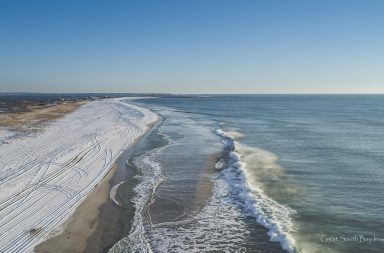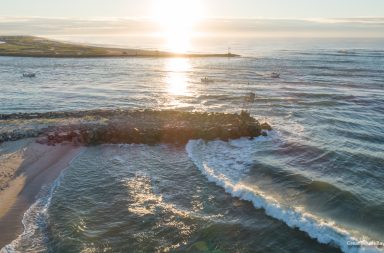The following statement was published on the Coastal Research and Education Soiciety of Long Island Facebook page on December 3, 2016.
For twenty years, CRESLI, The Coastal Research and Education Society of Long Island, has been studying whales, seals, dolphins, sea turtles and sea birds, and educating the public about these creatures and how to protect them and their habitats. We’ve educated tens of thousands of people during CRESLI led whale watches and seal walks, and have conducted non-invasive ecological studies throughout our 20 years. We partner with any number of environmental organizations, research institutions, and public groups so that we can all better understand how to become better stewards and protectors of these creatures and the ecosystems which we share.
Pertaining to the stranding of the juvenile female humpback whale in Moriches Bay, we believe the single largest failure on NOAA’s part was the lack of effective communication. As the hours ticked by and days passed, the public was left in the dark. Was there a rescue plan? What was the condition of the whale? If the course of action was to euthanize the whale, what was the basis of that assessment and when was that decision made?
The second major point of failure has to do with how NOAA responded to citizens trying to help a whale in distress. Here was an entire community ready to help in any way they could, yet their efforts were thwarted without thorough explanations in a manner that many of them felt was dismissive.
CRESLI recommends that going forward, the potential for participation by well-trained citizens, guided by a stranding team be thoughtfully considered as part of the response protocol.
We also recommend that the New York State Marine Mammal and Sea Turtle Rescue Program, like some of its counterparts in the Greater Atlantic Region,
expand its network of trained local citizens ready to assist because with whales, time is of the essence. Effective responses are very much a race against time. As soon as a large whale strands, its tremendous weight begins to press down on itself, cutting off blood flow, crushing its internal organs. Within hours, typically, the damage is done.
On Monday morning, November 21st, less than a day after the stranding, CRESLI went out independently to view the whale from shore. It was obviously distressed. It was suffering. It may have too late. The conversation turned to euthanizing through a method recently developed in North Carolina using sedation and potassium chloride.
That was the decision to which NOAA also arrived. The Whale had several factors working against it. Extreme tides receding after the recent super moon coupled with strong winds from the east were pushing water out of Moriches Bay so there was little water even at high tide to lift the whale out. On top of that a flight delay the Tuesday before Thanksgiving meant another day for the whale to suffer.
All the while, NOAA was silent. Those local people who had come to try and rescue and comfort the whale were threatened by The Coast Guard, ordered to keep away. With this silence, the anger grew. In the place of silence, there came various unsubstantiated and incorrect musings – that NOAA only knows how to euthanize whales, that they deliberately murdered it for research purposes, that NOAA was some kind of monster.
The facts of the matter are this, if we are to have any chance at a whale rescue in the future, we will need both the immediate engagement of a properly and regularly trained local citizenry, with all the resources they have available, along with marine scientists from NOAA and elsewhere ready to guide such efforts. The scientists at NOAA and from other organizations like The Riverhead Foundation for Marine Research and Preservation (RFMRP) and CRESLI, like the local citizens, find that their hands are tied by the rules under which NOAA operates. The NOAA scientists who came to assist are good people. They have dedicated their lives to protecting marine mammals. Let us not berate them, but demand that the rules under which they must operate be reviewed, and changed if necessary. Going forward, CRESLI recommends that they not dismiss help from the good people who live along The South Shore, who are ready to assist. These people can and should be powerful allies in efforts to help.
We are now entering a new era of environmental protection, driven by technology. Social Media – Facebook, Twitter – gives us the power to communicate with each other immediately if there is an incident to which we need to respond. Technology, can provide citizens and scientists both locally and the world over with the visual data they need to immediately suggest a course of action. In addition, NOAA has a wealth of data that it collects on every whale in our waters, data that could be shared with the public.
We recommend, in sum, communication, cooperation, transparency, trust, and a respect for science as a public good.
As we continue to cope with this tragedy, we must turn from our anger and frustration to positive actions. We should insist on assessment and modification, or rewriting of procedures and methods. This will not only help us to rapidly respond if and when another whale strands, but would also help us address any number of local environmental issues, with scientists and citizens alike working together.



